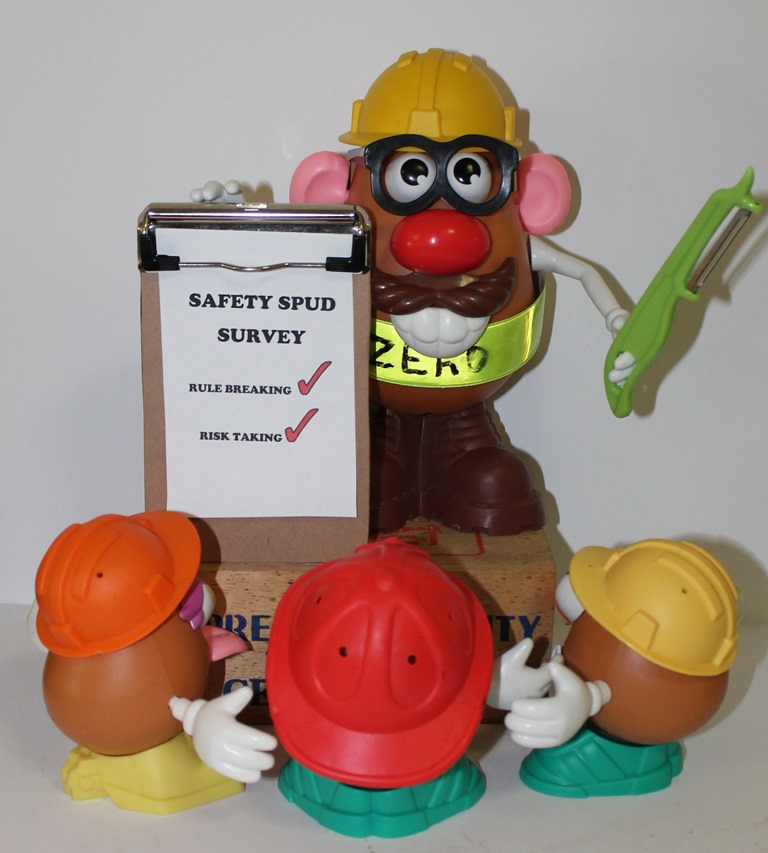Tips On Writing An Effective Safe Work Method Statement
Guest Post
Occupational health and safety is an important business priority now that companies are facing fiercer competition and gearing for unprecedented growth in the global business arena. Ensuring best practices on safety are implemented in the worksite is instrumental to ensuring quality performance and high employee engagement. These two factors are critical in establishing the trust of your market, which is essential to continuous business growth.
One of the primary tools for championing safety in your worksite and work processes is the Safe Work Method Statement. This document details the step-by-step procedure of how your work should be done. It identifies the high-risk components and the potential health and safety hazards of the work that you do. Its main premise is that the nature of your work presents risks – and therefore the document provides a comprehensive set of guidelines for controlling, reducing and managing these risks.
It is absolutely crucial that the Safe Work Method Statement presents information in an easy to understand, easily applicable manner. Everything must be written in plain language, and key points should be presented in the most logical structure. While it’s ideal that the contents of the statement are read and absorbed in an environment conducive to learning before a project begins, it is still necessary to make sure that the information it contains should be understandable and can be readily applied, even in the midst of a busy work environment or high-pressure operations.
Given all these requisites, writing the Safe Work Method Statement is a meticulous task. One way to lend structure to your writing is to use the right Safe Work Method Statement Template. No two worksites are exactly the same, however, so make sure that the template is tailored according to the specific conditions and requirements of your organisation.
A general rule of writing to apply when writing the Safe Work Method Statement is to always consider your audience. Who are you writing for? How will you describe their grasp of the written language? What is their level of understanding of technical terms? Thinking about your audience also means being careful about the tone of your writing voice. The statement should not speak down to the reader, but should be firm about clarifying that every step in the guidelines should be strictly followed – there is no middle ground or grey areas when it comes to avoiding illnesses, accidents and injuries in the workplace.
Organisations should seriously consider hiring the services of experts to assist them in the planning, writing and designing of their Safe Work Method Statement. Investing in professionally written safety documentation is a must for responsible and smart business building.



Do you have any thoughts? Please share them below